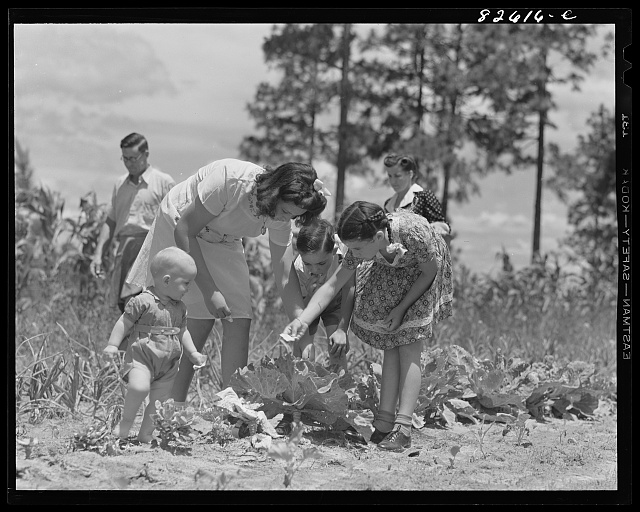Collards, Borecole, flowering kale or fodder kale (English), 宽叶羽衣甘蓝 (kuān yè yǔ yī gān lán, Mandarin), kola (Swahili), couve (Brazil and Portugal), kovi or kobi (Spanish), haak(Kashmir), sukuma wiki (East Africa)
Brassica oleracea.

Collard’s roots reach back 2000 years to ancient Greek cuisine and today the highly nutritious vegetable is enjoyed throughout most of the world. Brought to the Americas during European colonialism, the easy to grow green became a staple crop. Today, collards are a common side dish in Southern American cuisine, where they are often stewed with smoked meat and bone. Collard greens are also integrated into a variety of new dishes such as quiche, stuffed leaves, and layered in casseroles as a lasagna alternative to pasta.
Collard greens are one of the longest cultivated vegetables. Originating in the Mediterranean region, it spread throughout Europe during the Roman empire. Collards were referred to as ‘colewort’ during the Medieval Period, and they are featured in the oldest English recipe book, The Forme of Cury, which lists dishes served to the aristocracy during the reign of King Richard II in the 14th century. European colonialism carried the crop worldwide in the 17th century. As a result, collards are prepared in a variety of multicultural dishes, including early American colonial cuisine. The crop was particularly abundant in the southern region of the United States where it became a common dish in African-American cuisine referred to as ‘soul food’ today. Collards remain a popular side-dish throughout the Southern U.S. and it can be found in homes and menus throughout the country today.




Collards are culturally important worldwide. They remain a staple food throughout many parts of Europe and the Middle East. In Turkey collards are referred to as ‘dark cabbage,’ and they are a staple in the Black Sea area. Throughout Latin America stewed collards are a common side dish to meat or fish. Collards are one of the most common greens consumed in East Africa and Zimbabwe. Today, collards are an icon in traditional Southern fare in the United States where the greens are often stewed with pork, such as a ham bone, fatback, salt pork, or bacon, and seasoned with hot pepper vinegar. The liquid left behind a bowl of cooked collards, meat and seasoning is referred to as ‘pot liquor,’ and the tasty and nutritious broth is used as a base for soups, an additive to cooked vegetables, and as a beverage. Despite deep European roots, collard greens also play a significant role in African-American cuisine and it is commonly found in Soul Food themed restaurants and cafes throughout the country.
There are many ways to enjoy collard greens. Add the collard recipe collection to your cookbook. View recipes with collard greens for some ideas on how to cook with these delicious greens. When cooked alone, collards contain no fat nor cholesterol. They are also low in calories and rich in nutrients such as vitamins A, C, K; folate; calcium; fiber.


Collards are a cool-weather crop that are easy to grow in the Florida home garden. Once established, they are resilient to freezes and leaves can be harvested as needed from the bottom up throughout the winter and into the summer months. Planting usually occurs between August and February. Collard seeds can be started indoors in pots and transplanted into the garden or sown by seed directly into the ground. It is a good idea to improve the soil with compost a few weeks prior to planting, and to control weeds until the plants are well-established.
To plan a heritage garden, download the ‘Planning a Florida Heritage Garden (PDF).’

Santa Fe College Partnered with Multiple Organizations in a Collaborative Effort to Bring Awareness of the Heritage Plants In Florida.
BY CULTURAL HISTORY
BY GROWING SEASON
DROUGHT TOLERANT PLANTS
Commitment to Equal Access and Equal Opportunity
Santa Fe College is committed to an environment that embraces diversity, respects the rights of all individuals, is open and accessible, and is free of harassment and discrimination. For more information, visit sfcollege.edu/eaeo or contact equity.officer@sfcollege.edu.
SACSCOC Accreditation Statement
Santa Fe College is accredited by the Southern Association of Colleges and Schools Commission on Colleges (SACSCOC). For more information, visit sfcollege.edu/sacscoc.
